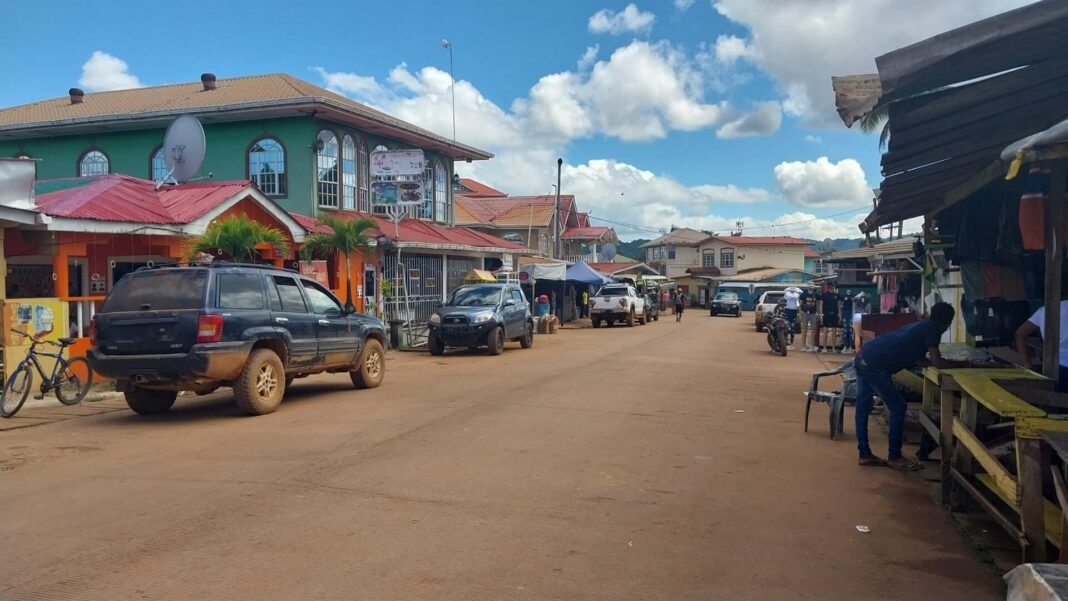
The tiny country that boasts the fastest-growing economy worldwide has not only continued to thrive and achieved a double-digit growth for the fifth consecutive year, it even exceeded the annual growth forecast for 2024.
Unknown to many, Guyana, the Latin American nation of 830,000 residents, saw its economy grow by 43.6 percent in place of an expected 42.8 percent last year – either way a negligible difference for a spectacular growth rate that many industrialized countries and the rising economies of the Far East can only dream of.
As it heads for general elections on September 1, with incumbent President Irfaan Ali seeking a second and final term, Guyana is also expecting around the end of August its first crude cargo from its fourth oil production facility which will expand its consortium’s output capacity to more than 900,000 barrels per day.
Oil production drives Guyana’s surging wealth
Guyana is bordered by the Atlantic Ocean to the north, Brazil to the south and southwest, Venezuela to the west, and Suriname to the east. With a land area of 214,969 km2 (83,000 sq mi), it is the third-smallest sovereign state by area in mainland South America after Uruguay and Suriname and is the second-least populous sovereign state in South America after Suriname. It is also one of the least densely populated countries on Earth.
The world’s biggest oil discovery in a generation has made Guyana the world’s fastest-growing country for two years in a row.
The Caribbean nation is projected to pump more oil per capita than Saudi Arabia or Kuwait by 2027 and is on track to overtake Venezuela to become South America’s second-largest oil producer, after Brazil.
ExxonMobil is the majority shareholder in the consortium developing Guyana’s offshore oil deposits. The country also seeks to monetize its downstream energy sector, particularly gas.
Fastest-growing economy led by oil
Guyana’s oil output and exports drove the country’s economy growth in 2024, Reuters reports, as Latin America’s newest oil producer rose to be the region’s fifth-largest crude exporter after Brazil, Mexico, Venezuela and Colombia. Consequently, Guyana currently identifies as one of the main contributors to the growth of global oil supplies.
The oil sector expanded 57.7 percent, while the non-oil sector grew 13.1 percent last year, Finance minister Singh announced in January.

A consortium by U.S. companies Exxon Mobil and Chevron – the latter having taken over Hess in July – and China’s CNOOC controls all crude and gas output in Guyana. Each party individually exports its share of production, and the government also is entitled to a share as profit oil.
The nation’s oil revenue increased to $2.57 billion in 2024, including crude sales made by the government and $348 million in royalties received from the Exxon group, compared with $1.62 billion in 2023, including $218.1 million in royalties.
The country’s oil output in 2024 rose to an average of 616,000 barrels per day from 391,000 bpd the previous year. But as Guyana’s new floating facility, built by SBM Offshore and called One Guyana, is expected to begin producing in the coming months, the consortium’s output capacity was expected to expand to more than 900,000 barrels per day by early September.
January estimates expected Guyana’s economic growth to slow in 2025, with a 10.6 percent expansion mainly fueled by the non-oil sector for the first time in years. On the other hand, oil sector expansion was expected to slow from recent years to 9.5 percent growth, due to lower crude prices.
But who knows if this tiny nation will once again exceed annual economy growth expectations in the coming months.

